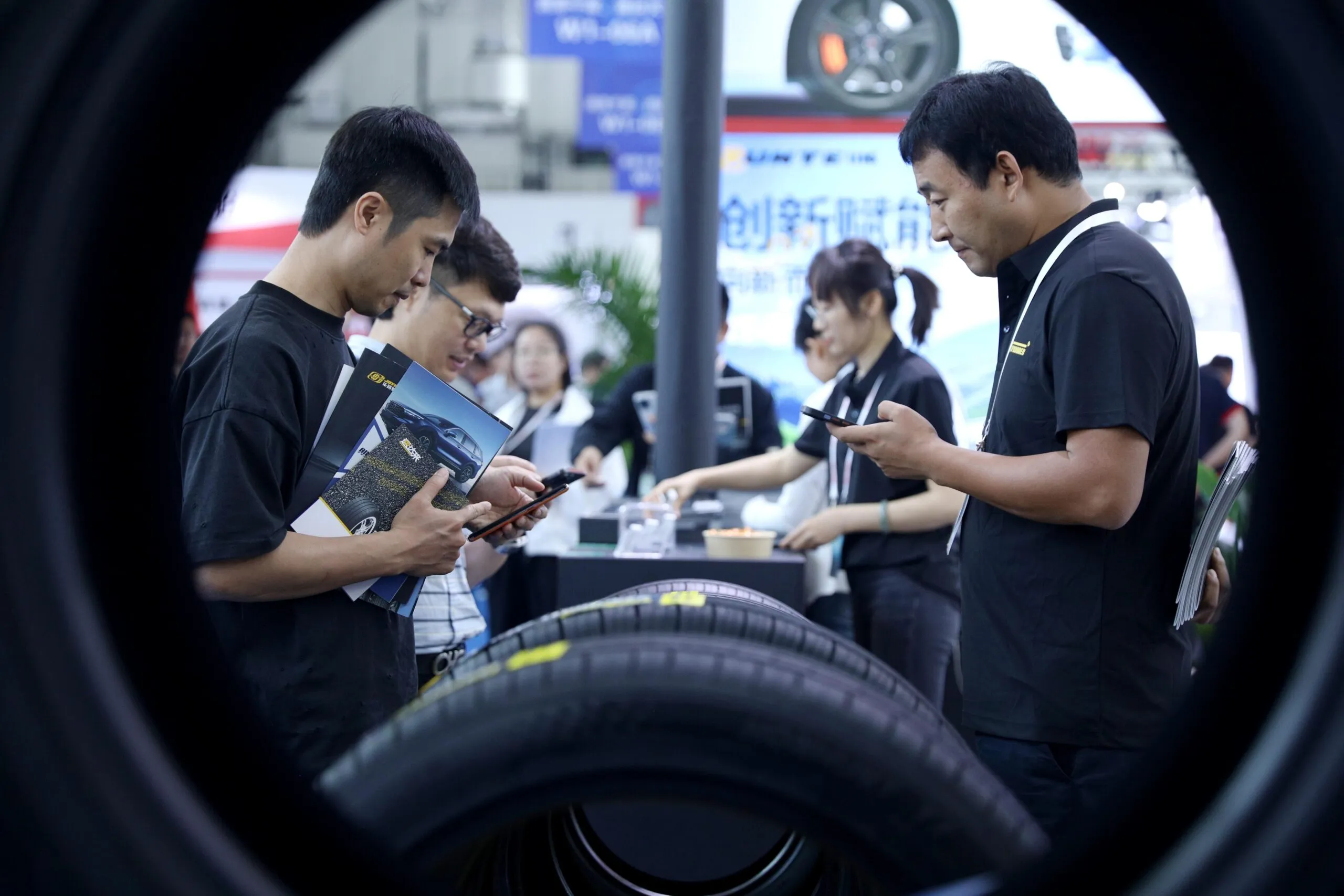A few weeks ago on the 12th of June, The European Union confirmed in a letter to BIPAVER that tyre retreading was indeed taxonomy-compliant in what was undoubtedly an important victory for the sector. The letter from the European Union stated that retreading was compliant with section 5.4 of the Environmental Delegated Act. As we have touched upon in other pages of Retreading Business, this isn’t a standalone victory as the taxonomy regulations form a part of a wider, contradictory and challenging regulatory environment for tyre retreading.
That being said, in this piece we thought we would...
That being said, in this piece we thought we would...







